Teeth Bonding
in Burnaby
Make chips and small gaps in your smile disappear in as little as one visit. Book a consultation to find out how!
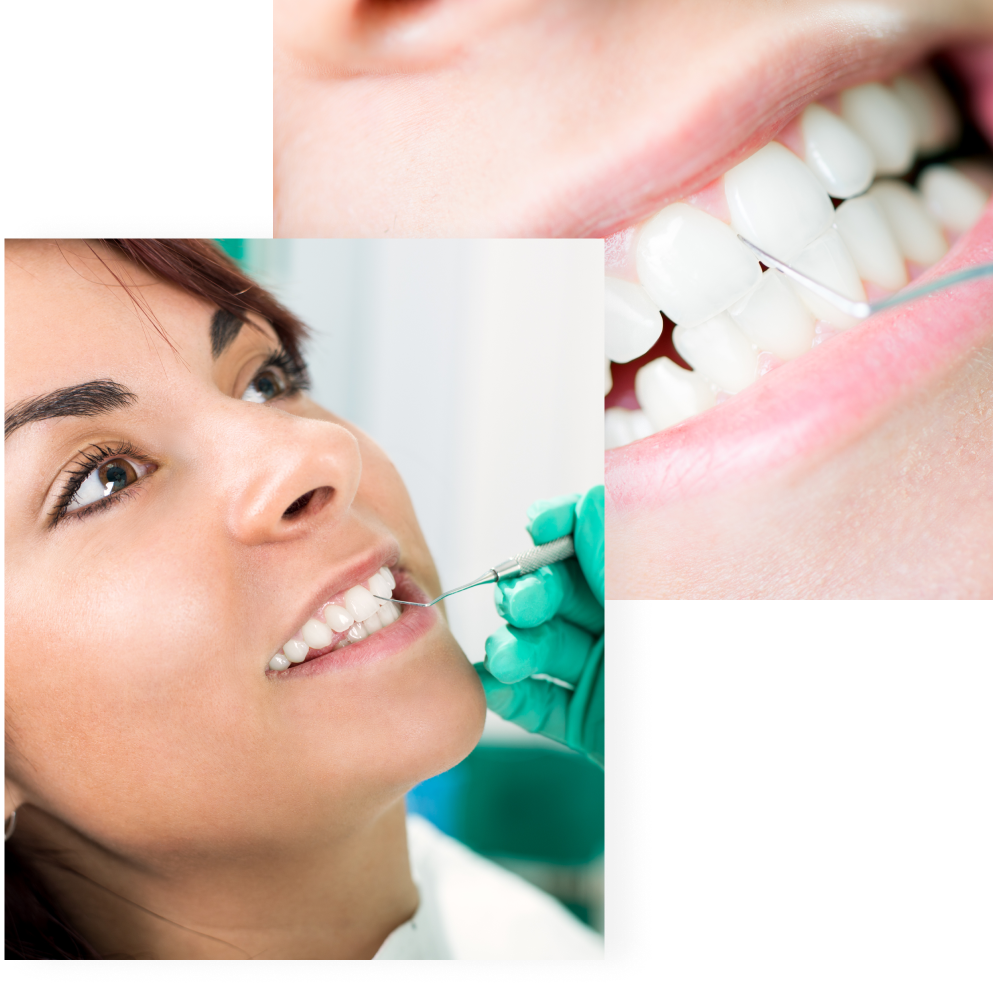
Good News! VCCID has partnered with Dental Card. Get up to $25,000 in financing for dental treatments.

You can quickly and affordably deal with them in as little as one appointment. No more feeling self-conscious or hiding your smile.
A one-time accident shouldn’t define your smile for life. Bonding makes the damage disappear.
Quickly erase imperfections with bonding that seamlessly matches your natural tooth colour.
If you want a smile that looks neat and tidy all the way through, bonding can make it happen.
They say practice makes perfect. Our Burnaby dentists have had a lot of practice with teeth bonding — and it all goes into helping you get a smile you love.
For us, fixing a smile doesn’t mean giving you teeth that are all perfectly square and uniform. It means adjusting them to create a smile that complements your features and face shape. After all, you don’t want the best smile for someone else; you want the best smile for you.
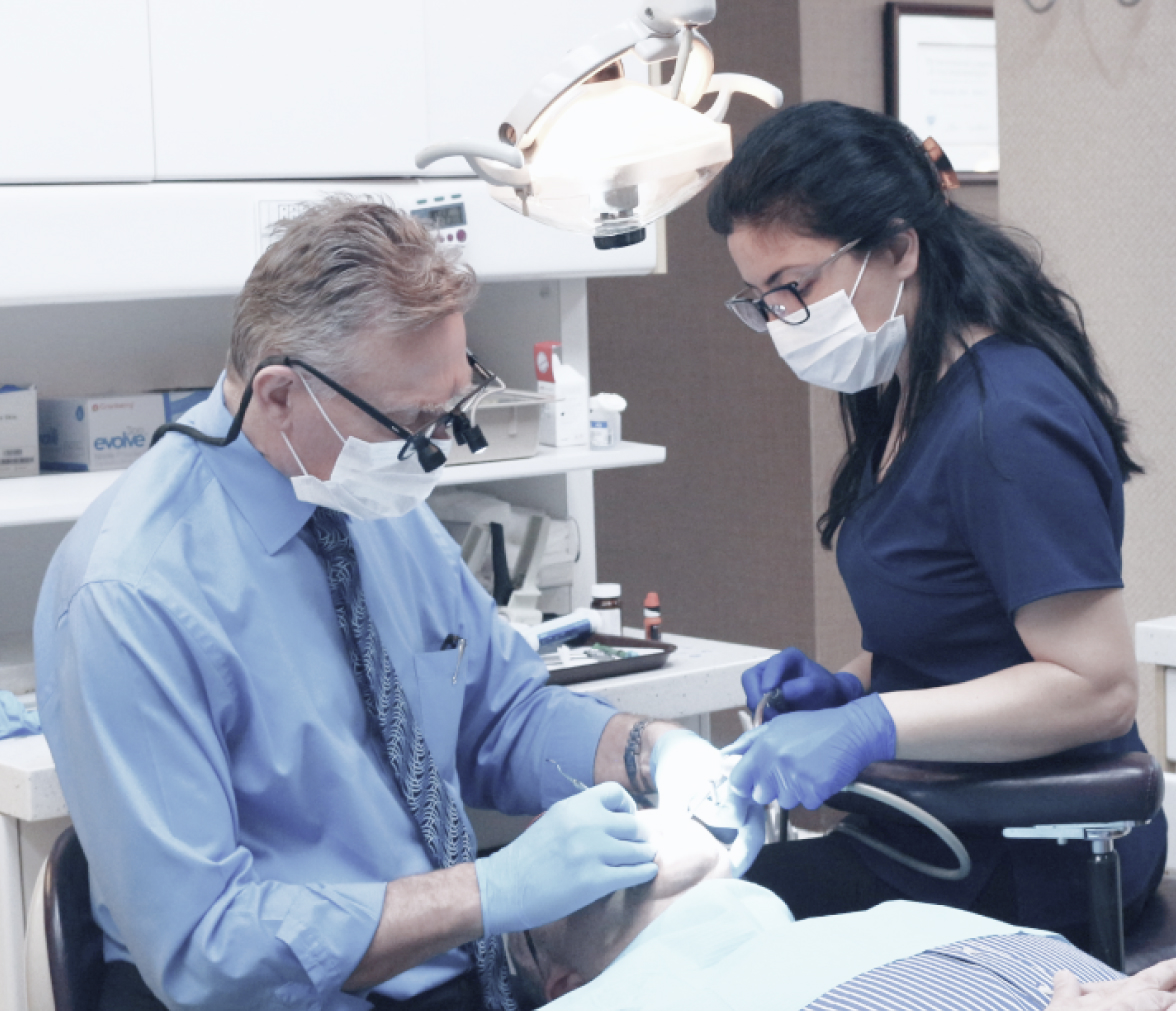
*All photos are of work done by Dr. Balogh on actual patients
None of the photos have been retouched other than to crop images to the appropriate size and area of interest. These photos are examples only. The exact and potential outcome varies with each patient, depending on many factors such as the presenting condition(s), general health, and dental health, etc. If you wish to learn more we recommend contacting us for a consultation to discuss your concerns, treatment options, and results that are feasible for your dental condition.
Vancouver, 2005
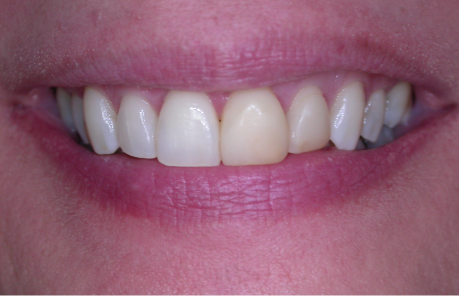
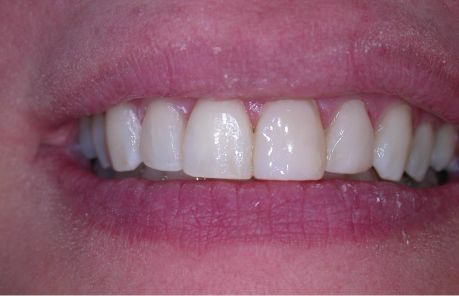
New bonding with composite filling material
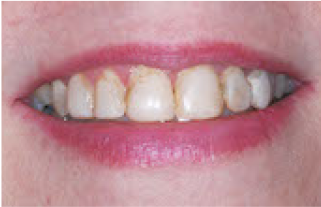
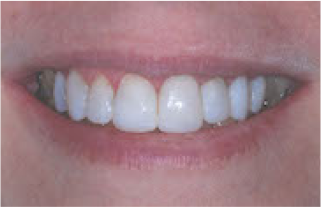
Burnaby, 2022
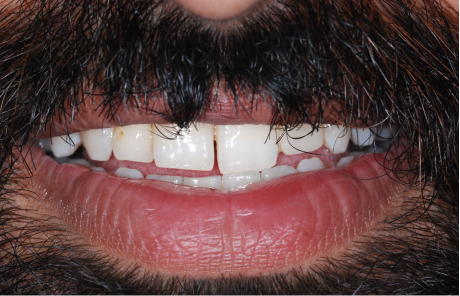
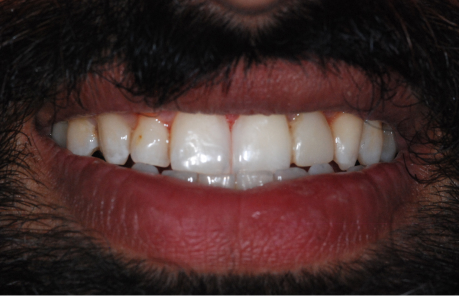
You’re already researching online. Why not take the next step and get a personalized plan that’ll show you exactly what to expect?
You could be just days away from a better smile. Here’s how to get dental bonding in Burnaby here at VCCID.
When you come in for an appointment, you’ll find out what results you can expect and how much your treatment will cost.
Sometimes your teeth and gums need a bit of care before you can get whitening. Health always comes first!
Knowing your goals is a must: it’s how we make sure your treatment results will match your expectations.
Maybe you have a specific treatment cost to stick to. Maybe you need results before a special day. We’ll find a way to make it work.
Who’s ready to get teeth whitening? You are — with a plan, budget, and clear expectations all laid out. Easy!

Here in Burnaby and around Metro Vancouver, the cost of dental bonding is usually around $825 per tooth. Lasting for up to 7 years, it offers great value as a way to quickly improve both the aesthetics and functionality of your smile.
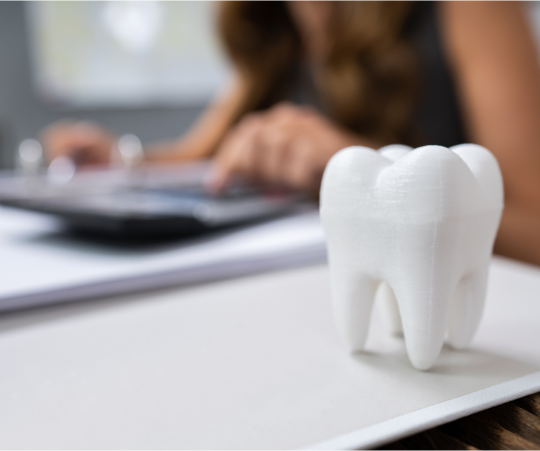
Not sure? Check with your provider! Even if you don’t have coverage, you can still get up to $25,000 in financing with Dentalcard here at VCCID.
After an initial consultation, bonding can usually be completed in a single appointment.
Bonding is usually used for smaller touch-ups, like a chip on a tooth or small gap between teeth. Veneers, in comparison, are often used for more extensive smile makeovers and are typically made from porcelain, which is stronger and more stain resistant.
When it’s properly cared for, we’ve seen teeth bonding for our Burnaby dental patients typically last for 4-7 years before it needs to be replaced.
Good question! While bonding can fill in gaps between teeth, it isn’t a replacement for orthodontics. Remember — orthodontic treatment isn’t just about fixing gaps or crooked teeth, it’s also about making sure your teeth and bite are properly aligned. As great as it is, that’s not something bonding can help with.
Book a consultation at VCCID today. Learn how bonding can quickly improve your smile.
Metropolis at Metrotown
4800 Kingsway #359, Burnaby
BC V5H 4J2, Canada
MON: 8 AM – 5 PM
TUE: 7 AM – 5 PM
WED: 9 AM – 8 PM
THUR: 7 AM – 7 PM
FRI: 8 AM – 5 PM
SAT: 8 AM – 4 PM
*Closed statutory holidays
Subscribe to our email to get updates from the clinic and the latest content we publish
Internet Marketing by ElementIQ